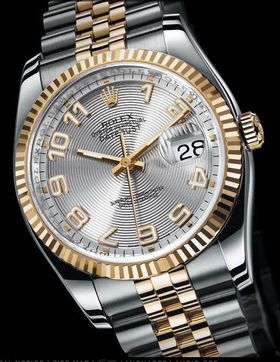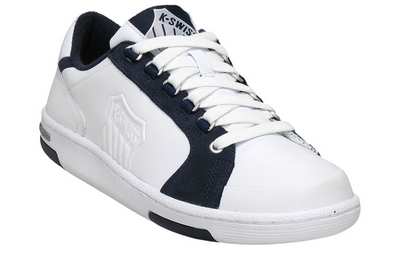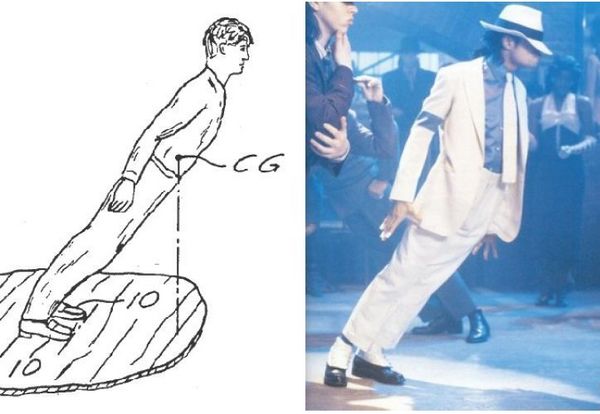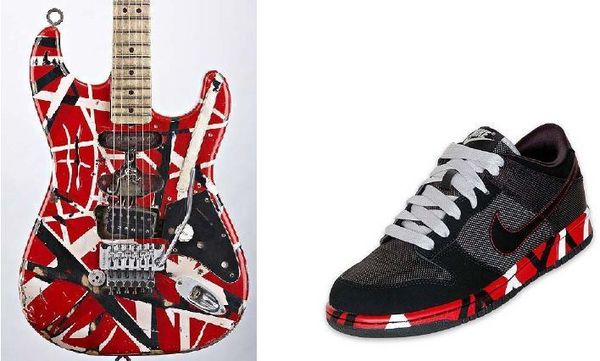 Riverside, CA – TMI Products, Inc. is the exclusive licensee of U.S. Patent Number 7,040,697 (“the ‘697 patent”) and U.S. Patent Number 7,407,227 (“the ‘227 patent”) both entitled “Headrest Having an Integrated Video Screen.” The ‘227 patent is a continuation of the ‘697 patent, having the same specification but with varying claim scope. The patents generally relate to video display units that are pivotally mounted within the back of a headrest such that the plane of the video monitor can be pivoted about both a horizontal and vertical axis.
Riverside, CA – TMI Products, Inc. is the exclusive licensee of U.S. Patent Number 7,040,697 (“the ‘697 patent”) and U.S. Patent Number 7,407,227 (“the ‘227 patent”) both entitled “Headrest Having an Integrated Video Screen.” The ‘227 patent is a continuation of the ‘697 patent, having the same specification but with varying claim scope. The patents generally relate to video display units that are pivotally mounted within the back of a headrest such that the plane of the video monitor can be pivoted about both a horizontal and vertical axis.
TMI accuses Rosen’s “Dual DVD Headrest Replacement Systems” sold as the AV7000 and AV75000 models of infringing both patents. TMI alleges that Rosen’s infringement is willful and intentional and demands treble damages and attorneys’ fees under 35 U.S.C. § 285. The case is TMI Products, Inc. v. Rosen Entertainment Systems, L.P., EDCV 09-01300 SGL (C.D. Cal. 2009).
 Los Angeles Intellectual Property Trademark Attorney Blog
Los Angeles Intellectual Property Trademark Attorney Blog










